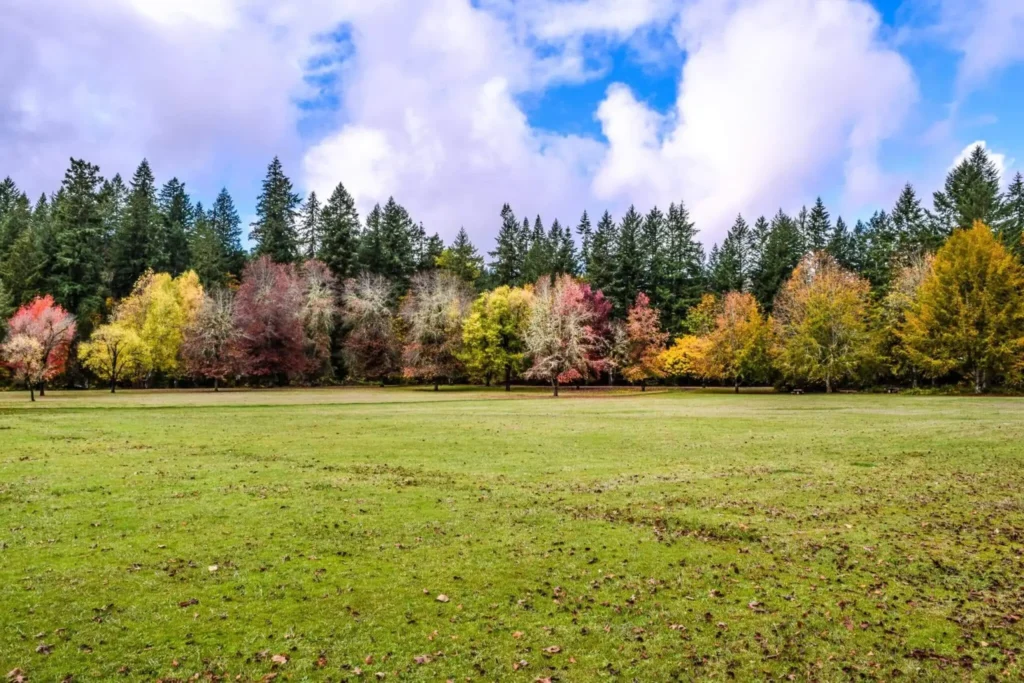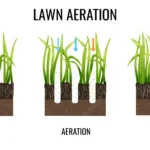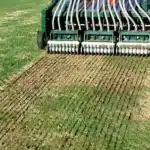Introduction
Fall is a great time to be outside. The weather is cooler and there are fewer bugs. You can also do some things to prepare your lawn for the upcoming winter. Rake up fallen leaves, aerate your lawn, fertilize your lawn, and mow your grass frequently (but not too short). Keep these tips in mind as you enjoy the last few months of fall!
Rake Up Fallen Leaves
Raking up fallen leaves is a must in fall. Leaves can be a nuisance and cause bare spots in your lawn, which will damage the grass. If you have an automatic sweeper or blower, use these tools to remove the leaves from your lawn. If not, rake them up by hand every few weeks until all of them are gone!
How to Mow Your Lawn in the Fall
Mow your lawn at the right height.
In the fall, you should mow your grass to about 3 inches in length. This will allow it to grow thicker and healthier over winter, which will make it more resistant to disease and pests.
Aerate Your Lawn
Aerating your lawn is a good way to improve the health of your grass and make it more resilient against disease, drought and heat stress. Aerating also helps to loosen compacted soil so water can penetrate more easily into the root zone of your lawn.
When to aerate: If you’re seeing brown patches in your lawn or if you notice that water doesn’t soak into the ground when it rains, then it may be time for aeration. This will help prevent any further damage from occurring by allowing air in between soil particles so that moisture can reach deeper down into the roots of your grass plants (which are located just beneath where surface blades meet).
How often should I aerate? According to experts at Oregon State University Extension Service , most homeowners should aerate their lawns once every two years–but if there’s been heavy use over time (such as sports practices), then more frequent aeration may be necessary for optimal health results!
Fertilize Your Lawn
Fertilize your lawn in the fall, when there is less chance of rain washing away the fertilizer and it can be absorbed by your grass. Apply fertilizer at a rate of 1 pound per 1,000 square feet of lawn (1/4 cup per 1,000 sq ft). For example: If you have a 20 x 30 foot yard with a medium-density thatch layer, you would apply 5 pounds (2 cups) of fertilizer to this area.
As always, Greener Living is happy and eager to help you with any of your lawn fertilizing needs!
- Before spreading any type of granular fertilizer over moist ground where it can get into contact with the root zone; lightly rake it into top 2 inches of soil using a rotary tiller or cultipacker tool with adjustable depth setting so no more than half an inch remains above ground level after tilling process has been completed.*
You can do some things to prepare your lawn for the upcoming winter.
- Mow your lawn. But if you do, it’s important to keep your grass at an even height
- Aerate your lawn. This helps to keep your lawn growing healthy into the late Fall
- Fertilize your lawn before winter comes so that there will be nutrients left behind
Conclusion
If you follow these tips, your lawn will be ready for winter. You can also use them to help prepare your lawn for spring.




You were kind enough to recommend we apply around 450 g of fertilizer for every 92.9 m² of our lawn for optimal results. This is something my sister could learn more about by talking to a landscaper soon. She wishes to rejuvenate her backyard this spring if you must know.